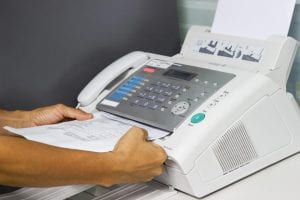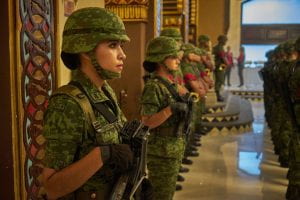Belonging to the age of Digital Dinosaurs, I still remember the days where there was no mobile phone, where I couldn’t be reached 24/7, and no internet at work to use, how did we communicate back then? With faxes, mail and with telephone calls, picking up the phone and talking to people.
Face to face meetings were also very important and this was all seen as an important role of building solid relationships with your stakeholders. These relationships were managed and for the most part, carried out during 9-5 working hours in a very structured and organized way. The PR practice that was carried out in the Corporate Communications teams that I worked for back in the day, was quite entrenched in Grunig’s Excellence theory, being very organised, very focused on two-way communication and focused on the organisation’s communications and its best practice.

Fast forward 20 years on and in some ways, PR practice within corporations that I have worked for, and have been employed by more recently, are still rooted in Excellence, however, a whole new dimension has been added – convergent, or social media, which has changed the dynamic, shape and speed of which corporations have to communicate and respond – particularly to an emerging crisis.
I agree with Grunig in his “paradigms of global public relations in an age of digitalisation”, where he argues that digitalisation should be seen as a “strategic means of interacting with publics and bringing information from the environment into an organisational decision making”.
But how does this look when put into practice and what challenges do many PR professionals and teams face both in a personal and professional capacity? Do we really have time to make considered decisions if an online crisis hits an organisation?
Nearly all PR practitioners working for big corporations now need to be on guard 24/7. Such is the speed of social media to go viral means that a high level of vigilance is required in order to be ready for any communication issue or crisis at any time.
Around the clock monitoring of social platforms is required by social media teams to spot if there is a trend/conversation/activity emerging from stakeholders that needs a reaction/response from the company and to top it all off, you can’t wait to respond to something, it has to be done immediately, in real time, as otherwise it can spiral out of control very quickly, in the blink of an eye!
A few examples from my past: stakeholder protests against an infrastructure project and its construction in the local area. Local stakeholders were able to organise themselves literally overnight with no prior warning and to the company’s surprise, managed to gather the whole community of 500 people (including women and children and local mayor) onto the streets over a weekend, to block construction vehicles entering the construction site. Videos and interviews with the activists were quickly posted online and shared by local media. The site was deemed too dangerous for a PR person to go and talk to the protestors and so the only way the organisation could respond was online. This had to be carried out on a Saturday and Sunday, continuing late into the evening.
Another example of where the company was taken by surprise was when activist groups also formed a huge community online to “Say No” to this particular project, when a research platform was on the coast taking data and was spotted by one of the residents. The speed at which this all took place took the company and the PR department by surprise. What it showed was that not enough resources were dedicated to social media monitoring and to spotting when trends were emerging. It also meant that 24/7 monitoring of social media and analysis of activist conversations/comments to spot if any action was being planned.
So, does this mean the PR practitioner should be contacted any time of the day and night? Can you or should you, say no to a call if an event is spiralling out of control online late at night or in the early hours of the morning?
I think we all agree as PR professionals the word “No” to reacting to a crisis does not exist! Does this mean we have no private life any longer to segregate when we are at home and at work? Where is the line drawn between our private life and working life?
In conclusion, I think that convergent media has meant even more of a blurring of the lines between the private and professional lives of a PR professional. The ability for stakeholders to evoke mass communications actions that have very real impacts on companies can be done at any time, day and night, at a drop of the hat. If the PR professional and the team is not ready and on guard then a disaster will no doubt strike!

